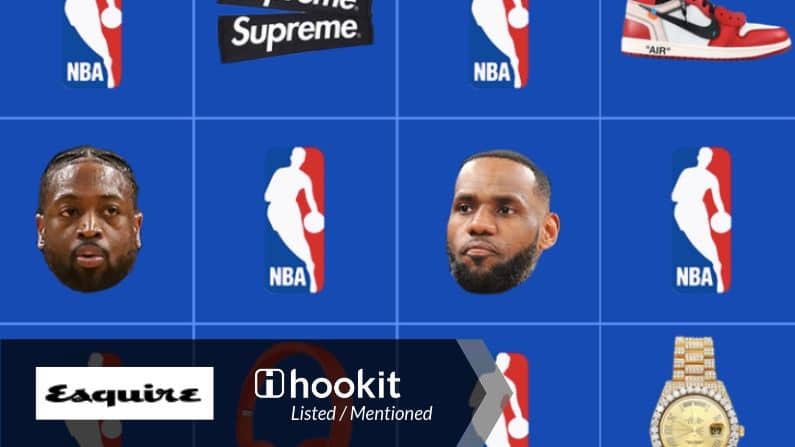LeBron James and a pair of headphones changed the NBA’s relationship with fashion forever. It was 2008, and the U.S. men’s Olympic basketball team had just touched down in Shanghai. The upstart tech brand had barely launched, selling its first pair of headphones to Best Buy just two months earlier. They were positioned as music-industry-only. That is, until LeBron James walked off the plane in China wearing them. Beats by Dre went mainstream practically overnight.
“We really thought nothing of [gifting James and the team headphones] because we were completely focused on music at the time,” says Beats president, Luke Wood. But athletes, specifically basketball players, turned out to be a market profitable beyond measure. Wood says it’s difficult to quantify the impact James’s tacit endorsement had on sales, but anecdotally? Beats became Beats because of LeBron James.
Before Beats and LeBron, basketball players were expected to function inside a limited space. Be a player. Be a role model. Endorse a sneaker or a cereal. They might have influence in the performance space by working with apparel brands like Nike or Adidas, or sports-adjacent brands like Gatorade. But Beats’ success was a moment of realization: Fans don’t just care about LeBron James the basketball player. They care about LeBron James the man. Lebron James the brand. Whether it’s Beats headphones, a Thom Browne suit, or John Elliott sneakers, fans want to know what LeBron James is wearing, and they want to wear it, too.
“We’re seeing athletes driving more and more value for the brands they work with,” says Roger Breum, the marketing director at Hookit, a sports partnerships analytics and evaluation firm. “Over the past few years, the individual athlete has become the most powerful part of sports. We don’t expect that to change anytime soon.”


